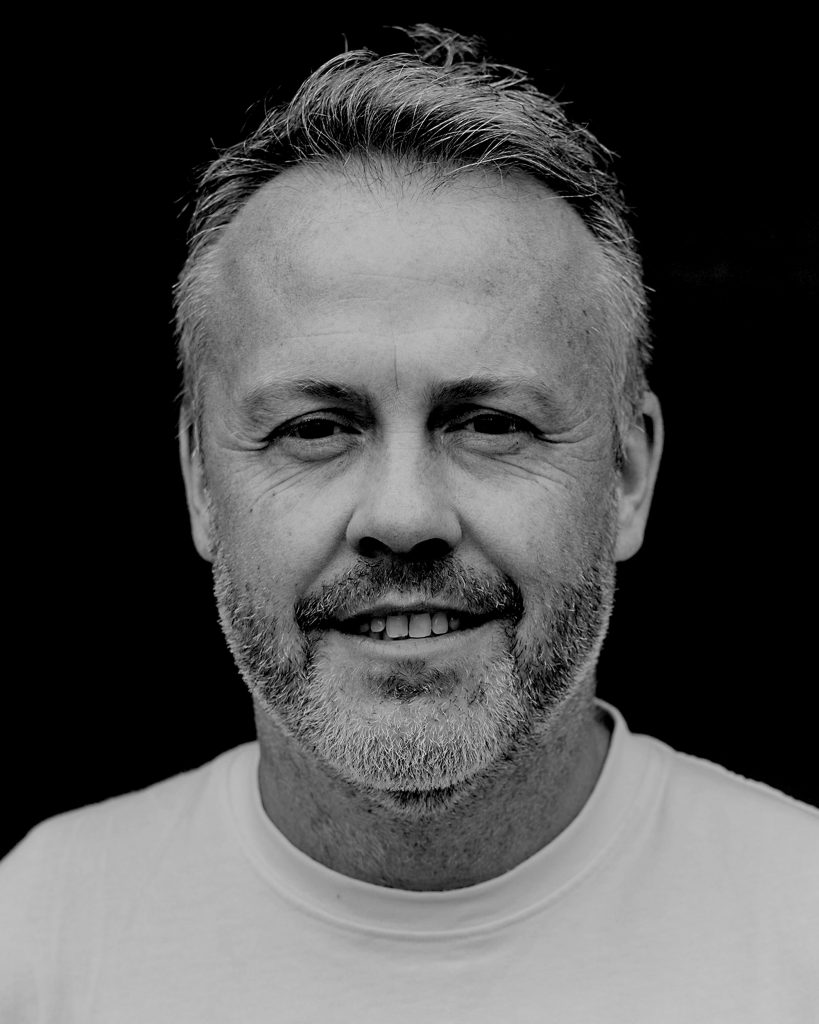Building Design Strategies for a Sustainable Future
By Pádraig McMorrow and Andrew Street
Date
March 25, 2021In celebration of Earth Day 2021, we’re taking a look at the global challenges facing built environment professionals, as well as the sustainable solutions and goals that can help us create a healthier present and future. Architect and Certified Passive House Consultant, Padraig McMorrow, and Cardiff Studio Director, Andrew Street, share their insights.
What does sustainability mean in terms of architecture?
The United Nations Sustainable Development Goals describe sustainable development as one that meets the needs of the present without compromising the ability of future generations to meet their own needs.
Measurable goals and sustainable outcomes
As architects and designers, we focus our efforts in creating a sustainable future by developing an approach built on three core areas:
- Environment
- Society
- Economy
The healthy future of the earth’s climate and ecology are central to this philosophy; our climate sustainability goals are combined with social and economic wellbeing goals to ensure sustainable development can be achieved and adapted widely.
As designers, we align our sustainable development goals with the Royal Institute of British Architects (RIBA) Sustainable Outcomes. These outcomes are:
- Net-zero operational carbon
- Net-zero embodied carbon
- Sustainable water cycles
- Sustainable connectivity and transport
- Sustainable land use and biodiversity
- Good health and wellbeing
- Sustainable social community and social value
- Sustainable lifecycle cost
As practitioners of sustainable building and development, we must demonstrate that our projects will have a positive impact on these eight pillars of sustainability.
The discussion notes below are aligned with IBI’s Sustainability, Environmental and Climate Action Policy.
"We aim for regenerative design solutions which promote social inclusion, energy use reduction and resource re-use through adaptation."
Future widespread sustainable and net zero development is achievable.
Leveraging our technology capabilities, we are empowered to select the most efficient solutions. There is endless potential for innovation, new products and building techniques going forward to assist us in designing, planning and creating a sustainable future for our built environment.
We are already achieving these sustainable outcomes in our exemplar projects. The global challenge facing built environment professionals is to continue to apply sustainable goals to all development activity; only then can we turn the tide and globally make a net positive contribution to the wellbeing of future generations.
IBI's design strategies for sustainable outcomes
- Working with clients to ensure sustainable building certification to BREEAM, LEED, Passive House, WELL and others, as is most appropriate for the project type.
- Collaborating with industry to develop Modern Methods of Construction (MMCs).
- Nearby off-site fabrication solutions minimize the carbon impact of construction.
- Local materials and labour benefit the regional economy and reduce the amount of carbon used during construction.
- Requesting manufacturers of building products to disclose EPD (Environmental Product Declaration) data required for accurate lifecycle assessments.
- Including plants in our design, which sequester carbon through photosynthesis, and produce biophilic design benefits for wellbeing and biodiversity.
- Encouraging vertical greening systems in cities to promote biodiversity in the urban environment and green infrastructure for slowing stormwater treatment and retention. These living systems reduce carbon-intensive civil infrastructure.
- Prioritizing daylighting in building design—a key component of wellbeing and a reduction in operational energy for artificial lighting.
- Facilitating early decision-making to deliver effective cost solutions in a focused manner.
- Promoting the reuse and adaptation of buildings in favour of demolition and rebuild. We develop feasibility studies to show the potential economic and carbon savings, while reducing the disruption to occupants through phased redevelopment.
- Creating site-specific designs that respond appropriately to the context and climate by harnessing the benefits of the site in a triple-bottom-line approach: social, economic and climatic.
- Engaging the existing community context and involve neighbours and building occupants in the participatory design process.
Padraig is a sustainability-focused architect at IBI, guiding projects to reach Net Zero and deliver significant greenhouse gas emission reductions, through innovative and cost-effective measures. He is a Certified Passive House Designer, consulting on IBI’s portfolio of large Passive House buildings across Europe and North America. He was responsible for the architectural detailing on IBI’s first certified passive house building and continues to grow his portfolio in residential, cultural and healthcare buildings, which meet this stringent building energy standard. Padraig’s knowledge of high-performance building is combined with his whole life carbon analysis studies, accounting for embodied carbon to achieve carbon neutral buildings. Working in the UK and North America, lessons learnt from both continents are being applied to broaden IBI’s approach to Net Zero architecture.
Andrew is a qualified architect specialising in healthcare, education, housing, and arts and community-based design with over 15 years’ experience in the sector, specifically in Wales. As a strong team leader, he has managed the design and delivery of projects under various public sector procurement routes and contracts, delivering a variety of types of facilities. Andrew’s broad and strong skill base allows him to engage at all stages of a project and balances established presentation and design qualities with technical excellence. Andrew is involved with a number of multi-agency, diverse stakeholder group projects, where he is able to bring clear communication and innovative solutions which result in stakeholder buy-in. This has led him to become involved in a diverse range of consultations, from community gardening to large stakeholder workshops. Andrew is project director for Cardiff University’s Centre for Student Life, Cardiff University Community Gateway’s Grangetown Pavilion Project, Swansea City Health Wellbeing Centre and Tredegar Health Wellbeing Centre.

Written by Pádraig McMorrow
Associate | Manager, ArchitectureDublin, IE and Vancouver, BC









